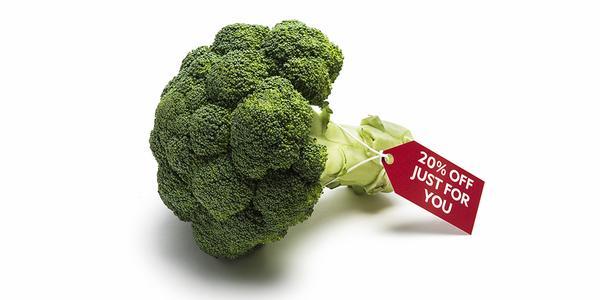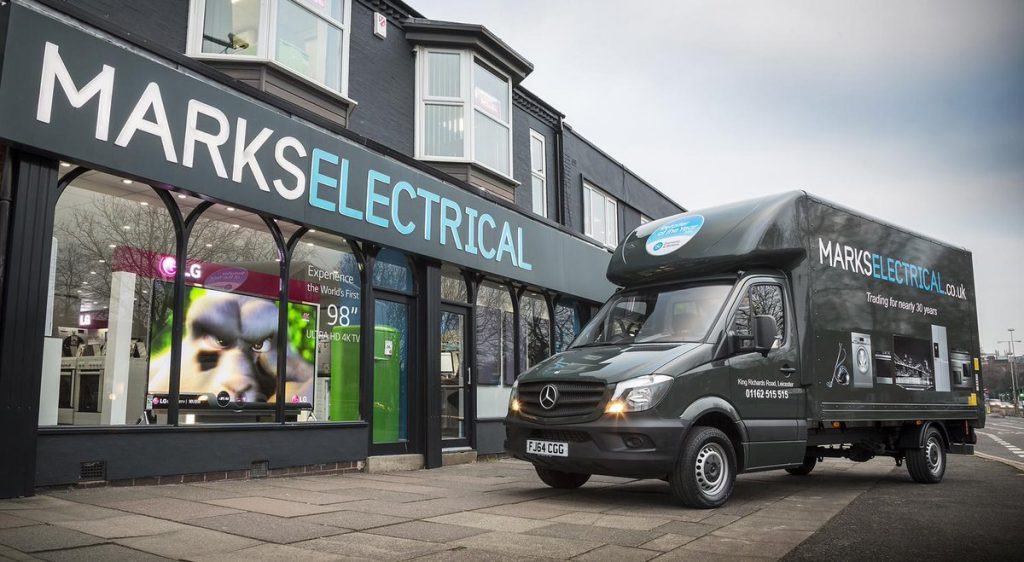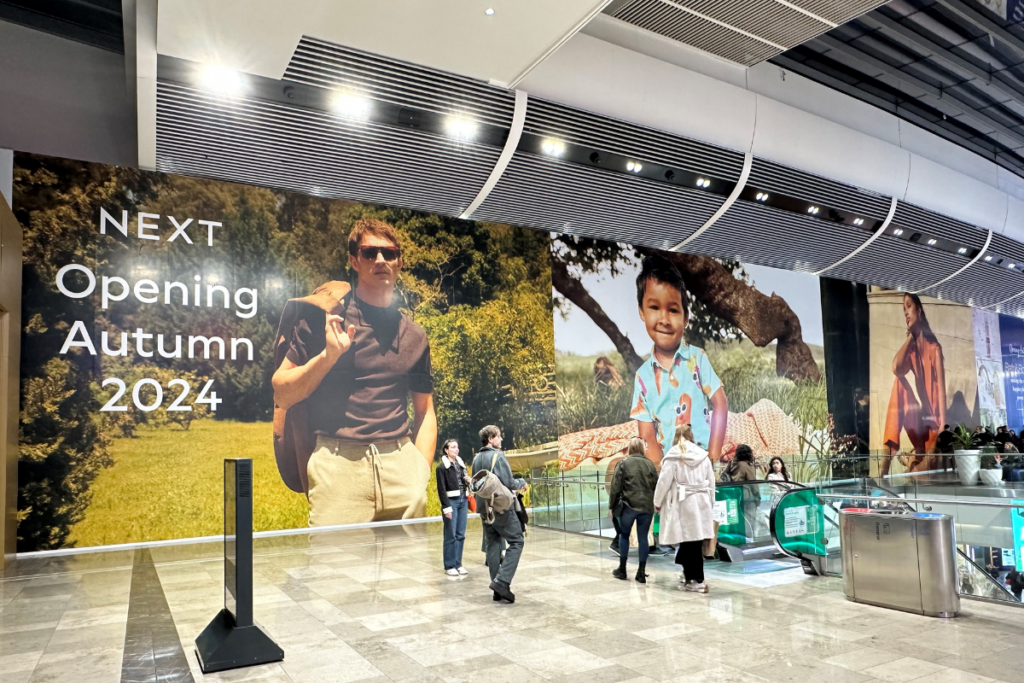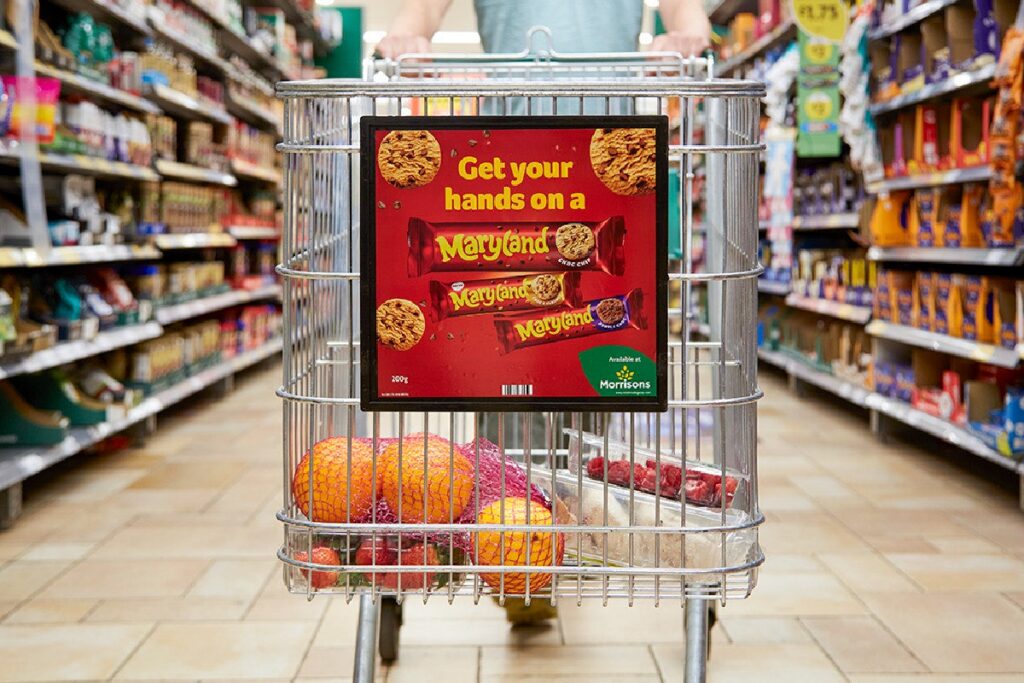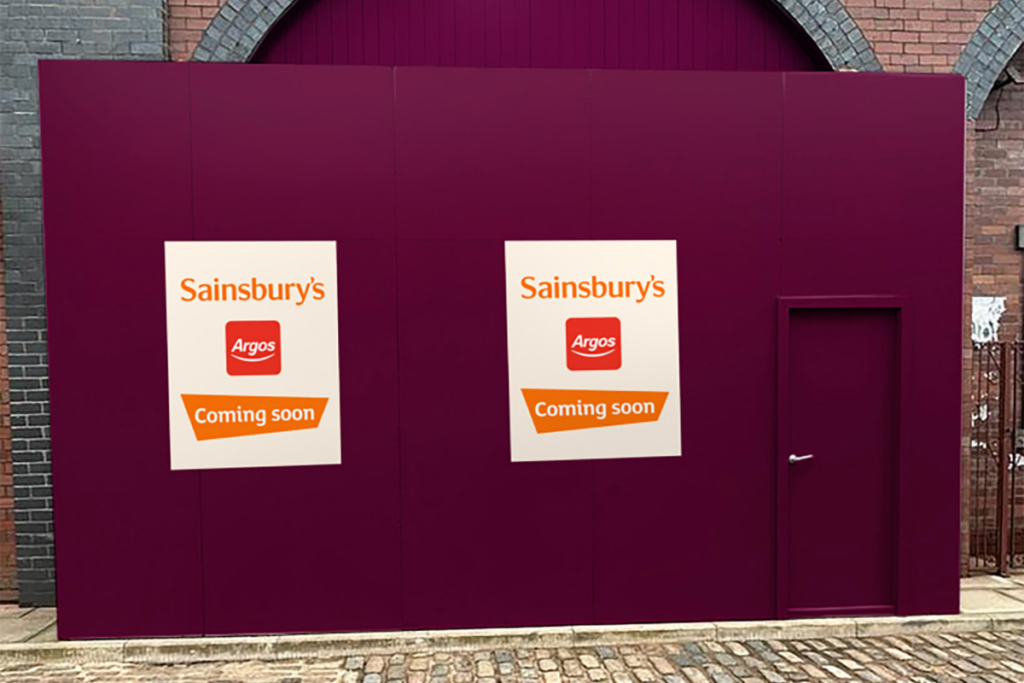We are now living in a digital world and consumers‘ growing love for, and reliance on, technology has helped the UK turn into a hotbed of digital development. On average, UK consumers spend almost nine hours every day on media devices, and according to new research from Cisco, there will be over nine networked devices per person in the UK by 2019.
While we continue to become more connected with the online world through the use of these multiple devices, we are seeing a new dimension in retail which allows retailers to connect to and better understand their customers more fluently through the Internet of Things (IoT). IoT can help retailers get smart by providing automated services without the need of human interaction. For example, recognising that a customer regularly buys apples and providing offers for apples on their next visit. But is this really smart? It may be helpful for regular shopping items, but what if a retailer continues to bombard shoppers for items that are not relevant based on a one-off purchase? This will more than likely force the customer to shop elsewhere.
There is a lot of talk about IoT but it is important for retailers to realise what it actually is and how it can revolutionise the sector. Many people now use automated technology in the home, for example technology which allows you to change the lights and temperature remotely with your smartphone. This is very familiar to millennials, or more specifically digital natives, but also there are others who are weary with the amount of technology being pushed onto them.
Because of this, one of the challenges of IoT is knowing how to exploit it in a way that is not invasive or unacceptable to customers. For example, “smart fridges” are under development which suggests a weekly shopping list based on the contents of a fridge – but not helpful if the consumer doesn‘t want to buy the same items each week. It would be much more useful if it alerted to when the milk was about to expire!
As such, manufacturers and retailers need to find out what actually provides consumer value. For example, a smart washing machine connected to the web will allow it to diagnose any problems if it stops working. When a consumers buys a mobile device, they only use 10 apps rather than the 200 apps that are provide. It‘s about canvasing what customers actually want and harnessing this, rather than irritating customers with offers that are just not relevant.
Waitrose seen success in this area, with its game-changing launch of “pick your own offer”, allowing customers to choose which products they would like discounts in.
IoT is also allowing different industries to merge such as retail and healthcare, with technology including Fit Bit now popular with many consumers. Whilst currently in their infancy these technologies have the potential to help users monitor aspects of their health, suggest offers on healthy alternatives to their normal shopping and help identify potential signs of illness at their early stages. This type of data collection has the ability to really transform the experience not just immediately but in the long term, by helping consumers making better decisions.
Internet of Things provides retailers with an unrivalled opportunity to monitor information and drive better decision making. However, it‘s important for retailers to have a value exchange with the consumer, rewarding them for their time and efforts. Why should they provide their data if a retailer is just going to spam them with discounts that are not relevant? It‘s time for retailers to get smarter and follow the best operators‘ example by providing customers with what they actually want.
Sarah Kellett, Associate Director, Consumer Facing Industries at Fujitsu UK & Ireland

